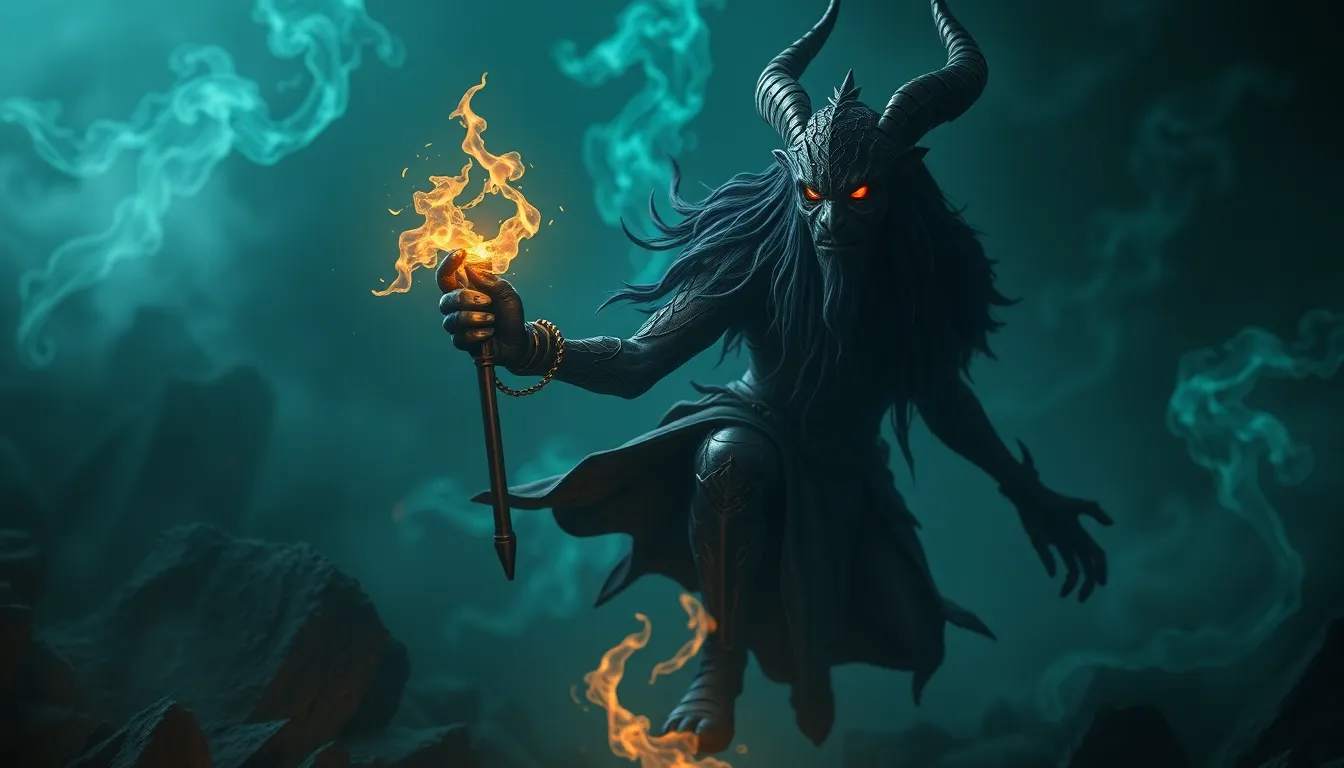The Mythical Dawn: The Stories Behind Our Existence
1. Introduction to Mythical Narratives
Myths are traditional stories that are often rooted in cultural beliefs and values. They serve as a means to explain the unexplainable, providing insight into the human condition and the world around us. From ancient civilizations to modern societies, myths play a significant role in shaping our understanding of existence. They offer frameworks through which we can interpret our experiences, our morality, and our purpose in life.
2. The Concept of Dawn in Mythology
Dawn, symbolizing new beginnings and hope, holds a prominent place across various mythologies. It represents the transition from darkness to light, echoing themes of creation and rebirth. For instance, in many cultures, dawn is personified by deities who embody the first light of day, marking the end of chaos and the start of order.
- In Hindu mythology: The goddess Ushas is revered as the personification of dawn, bringing light and hope to the world.
- In Greek mythology: Eos, the goddess of dawn, is depicted as a beautiful figure who opens the gates of heaven for the sun to rise.
This duality of light and darkness is often explored in creation myths, where the emergence of light signifies the beginning of life and the establishment of order in the universe.
3. Creation Myths: A Global Perspective
Creation myths vary greatly across cultures, yet many share striking similarities. They typically feature a chaotic state preceding creation, from which order is established. Here are a few notable examples:
- Genesis (Judeo-Christian Tradition): God creates the world in six days, culminating in the creation of humanity on the sixth day, followed by a day of rest.
- Enuma Elish (Babylonian Mythology): The god Marduk defeats the chaos monster Tiamat, using her body to create the heavens and the earth.
- Popol Vuh (Maya Mythology): The gods create humans from maize after several unsuccessful attempts, highlighting the relationship between nature and humanity.
In these narratives, gods and supernatural beings play pivotal roles, reflecting the values and beliefs of the cultures from which they originate.
4. The Role of Nature in Mythical Stories
Nature is often personified in myths, illustrating the deep connection between human existence and the natural world. Elements such as water, earth, and fire are not just physical entities; they embody qualities and powers that influence human life.
- Water: Often seen as a source of life and creation, water is central to many myths, symbolizing fertility and renewal.
- Earth: The earth is frequently depicted as a nurturing mother, providing sustenance and shelter to humanity.
- Fire: Fire represents transformation and destruction, yet it also signifies knowledge and enlightenment.
The significance of natural phenomena, such as the sun and moon, further emphasizes humanity’s reliance on the rhythms of nature for survival and understanding.
5. Thematic Elements of Existence in Myths
Myths often explore profound themes such as life, death, and rebirth. These narratives pose existential questions that resonate across cultures, providing moral lessons and insights into the human experience.
- Life: Many myths celebrate the creation and sustenance of life, often attributing this gift to divine beings.
- Death: Myths frequently address the inevitability of death, offering explanations for what lies beyond and the significance of mortality.
- Rebirth: Concepts of renewal and cyclical existence are common, reflecting the natural cycles of the seasons and life itself.
These themes encourage reflection on our own existence and the larger forces at play in the universe.
6. The Influence of Myths on Early Human Societies
Mythical stories have significantly influenced early human societies, shaping social structures, cultural practices, and belief systems. They often served as a means to establish laws and ethics, guiding behavior and societal norms.
- Social Structure: Myths often delineated roles within communities, assigning authority to leaders who were viewed as divinely chosen.
- Cultural Practices: Rituals and ceremonies based on myths fostered a sense of identity and continuity within cultures.
- Laws and Ethics: Many cultures derived their moral codes from the teachings embedded in their myths, influencing justice and community relations.
7. Myths and Science: Bridging the Gap
The relationship between myths and science is complex. While myths provide symbolic and narrative explanations for existence, science seeks empirical understanding. However, both realms often address similar questions about our origins and place in the universe.
Modern science interprets ancient myths through various lenses:
- Archaeology: Unearthed artifacts provide context to the myths, revealing the civilizations that created them.
- Anthropology: Studying myths helps understand cultural values and social structures in ancient societies.
- Comparative Mythology: Analyzing similarities among myths across cultures can yield insights into shared human experiences.
8. The Evolution of Myths Through Time
Myths are not static; they evolve over time in response to societal changes. As cultures interact and globalize, mythical narratives adapt, reflecting new realities and beliefs.
- Adaptation: Myths can change in meaning or context, incorporating new elements that resonate with contemporary audiences.
- Globalization: The sharing of myths across cultures can lead to hybrid narratives, blending traditional elements with modern interpretations.
9. Contemporary Interpretations of Myths
Today, there is a resurgence of interest in mythology, particularly in literature, art, and popular culture. Modern storytelling often reinterprets ancient myths, making them relevant for contemporary audiences.
- Literature: Authors reinterpret myths to explore themes of identity, belonging, and the human experience.
- Art: Visual artists draw on mythological themes to comment on modern societal issues.
- Film and Television: Adaptations of myths in movies and series make these stories accessible to new generations, often with innovative twists.
10. Conclusion: The Enduring Power of Myth
Mythical stories continue to hold relevance in understanding our existence today. They provide frameworks for interpreting life’s complexities, moral dilemmas, and the mysteries of the universe. As humanity evolves, so too will the myths we create and tell, shaping our consciousness and guiding future generations in navigating their own journeys.
The enduring power of myth lies in its ability to connect us to our past, enrich our present, and inspire our future.




